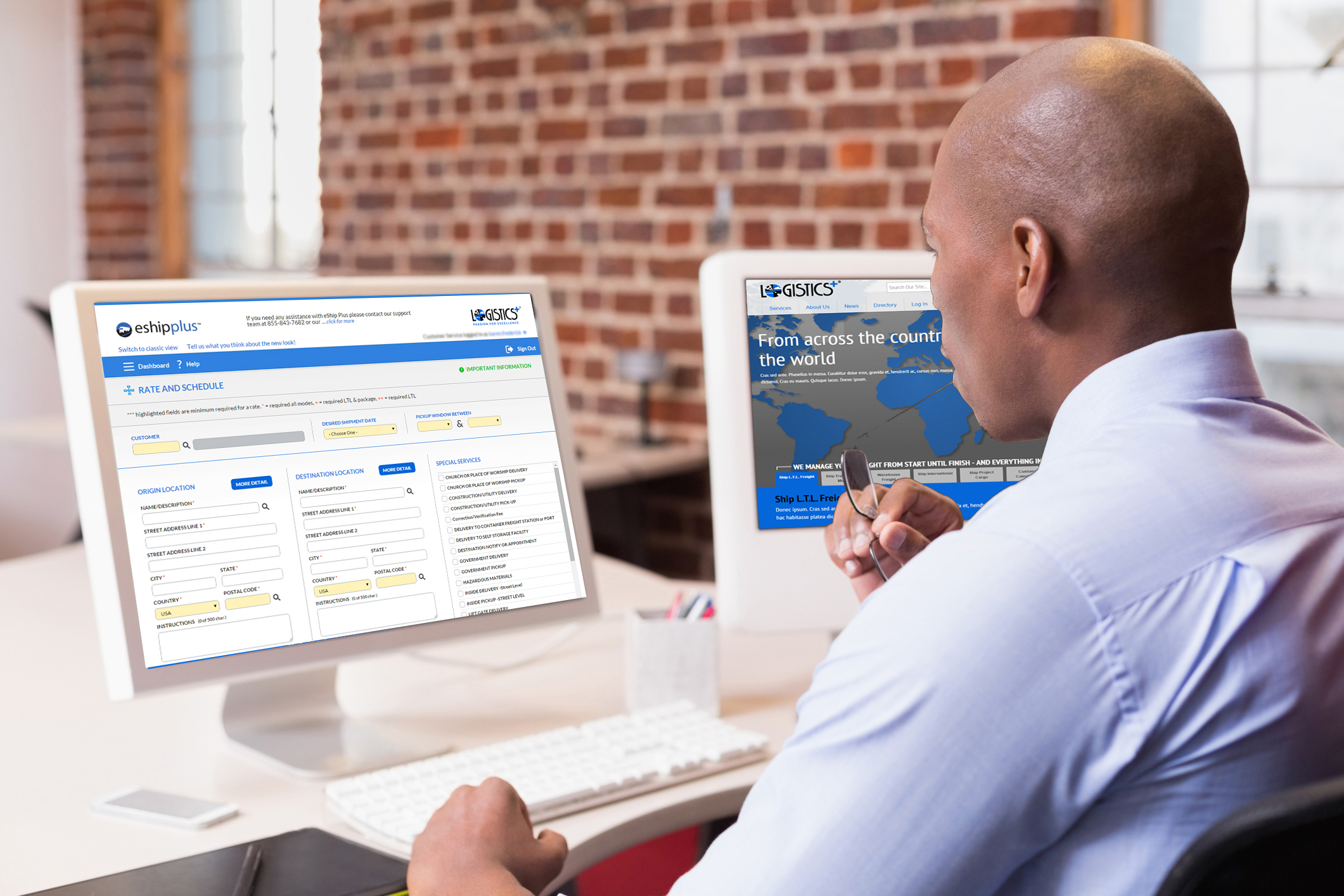 Businesses that ship less-than-truckload (LTL) freight shipments would benefit from using a transportation management system (TMS). Most large companies with big freight expenditures are already using a TMS, either with or as a part of their enterprise systems. However, those same benefits are also available to smaller companies with lower freight spending. This is often done by working with a reliable third-party logistics (3PL) partner (such as Logistics Plus). Contrary to what many may believe, most transportation management systems today are web-based and can be inexpensively integrated with a company’s back office or order management system.
Businesses that ship less-than-truckload (LTL) freight shipments would benefit from using a transportation management system (TMS). Most large companies with big freight expenditures are already using a TMS, either with or as a part of their enterprise systems. However, those same benefits are also available to smaller companies with lower freight spending. This is often done by working with a reliable third-party logistics (3PL) partner (such as Logistics Plus). Contrary to what many may believe, most transportation management systems today are web-based and can be inexpensively integrated with a company’s back office or order management system.
There are many benefits to using a TMS. The use of a TMS will help ensure your LTL freight loads are matched to the ideal carrier so that you can get the best rates without sacrificing the service you need. More specifically, here are five key benefits to using a TMS for LTL freight management:
- Streamlined visibility to carrier rates and services: With a robust TMS, you can enjoy instant, real-time access to freight rates and transit times for multiple carriers. Not having to call multiple carriers or access multiple websites is a real time-saver. A TMS can also be customized to your specific shipping patterns and lanes, which leads to greater efficiencies for LTL carriers and better rates and service for you.
- Simplified data entry and the elimination of manual steps: TMS automation features allow you to save your customer, vendor, and product data in an easy-to-retrieve database. This creates bills of lading and other shipping documents fast and easy with little need for manual entry. It also improves document accuracy, which alleviates many downstream issues.
- Improved visibility to your shipments and documentation: Knowing your freight location allows you to be more responsive to your customers or monitor routing compliance with your vendors. Being able to pull bill of lading copies, standardized invoices, and proof of delivery documents not only creates back-office efficiencies but fosters better communication and builds better relationships with your customers and vendors.
- Freight invoice consolidation and auditing: LTL freight pricing and auditing can be complex with fuel surcharges, freight classifications, minimum density rules, and more. A good TMS should house all carrier pricing, rules, and shipment information for easy access and to provide reporting and auditing on variances between quotes and actual freight invoices.
- Availability of analytics and data: With reports generated from your TMS, you can gain better insight into your LTL freight shipping activity, costs, and service trends. Better information allows you to make future business decisions based on facts and not gut or opinion.
As mentioned earlier, smaller companies that don’t have access to a TMS today should consider partnering with a reputable 3PL with a robust TMS. If you choose to partner with Logistics Plus, you’ll receive free access to our online eShipPlus™ TMS platform. Our eShipPlus platform is a proven TMS which customers have been using for nearly a decade. In addition to all of the LTL benefits described above, eShipPlus also provides shippers with access to truckload shipment quoting, booking, and reporting functionality.
If you’re new to Logistics Plus, become our customer, and we’ll provide you complimentary access to eShipPlus. If you’re interested in integrating eShipPlus with your ERP or order management system, please email nadops@logisticsplus.com for more information. If you have general questions about our LTL freight services or tools, please click the button below.

